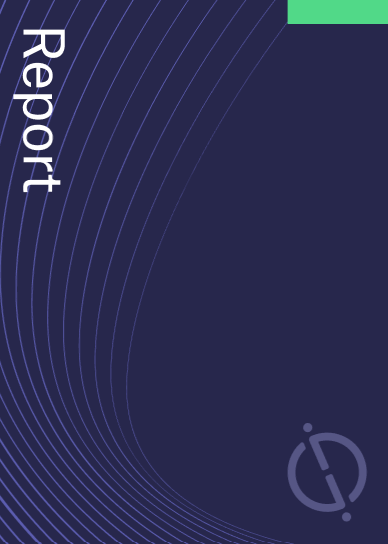The pharmaceutical industry continues to be a hotbed of patent innovation. Activity is driven by the evolution of treatment paradigms, and the gravity of unmet needs, as well as the growing importance of technologies such as pharmacogenomics, digital therapeutics, and artificial intelligence. In the last three years alone, there have been over 136,000 patents filed and granted in the pharmaceutical industry, according to GlobalData’s report on Innovation in pharma: phenotypic drug screening. Buy the report here.
However, not all innovations are equal and nor do they follow a constant upward trend. Instead, their evolution takes the form of an S-shaped curve that reflects their typical lifecycle from early emergence to accelerating adoption, before finally stabilizing and reaching maturity.
Identifying where a particular innovation is on this journey, especially those that are in the emerging and accelerating stages, is essential for understanding their current level of adoption and the likely future trajectory and impact they will have.
80+ innovations will shape the pharmaceutical industry
According to GlobalData’s Technology Foresights, which plots the S-curve for the pharmaceutical industry using innovation intensity models built on over 730,000 patents, there are 80+ innovation areas that will shape the future of the industry.
Within the emerging innovation stage, engineered multi-specific antibodies, tyrosine kinase inhibitors, and mutant DNA polymerases are disruptive technologies that are in the early stages of application and should be tracked closely. Peptide pharmacophores, antibody-drug conjugates, and neuroprotective drugs are some of the accelerating innovation areas, where adoption has been steadily increasing. Among maturing innovation areas are amyloid precursor targeted therapies and modified vector HIV-1 vaccines, which are now well established in the industry.
Innovation S-curve for the pharmaceutical industry

Phenotypic drug screening is a key innovation area in the pharmaceutical industry
Phenotypic drug screening is a drug discovery approach that involves testing compounds for their ability to produce a specific cellular or organismal phenotype, such as a desired therapeutic effect or a change in disease-related phenotype. The approach contrasts with target-based drug discovery, where researchers focus on specific molecular targets, such as proteins or enzymes, associated with a disease. Phenotypic drug screening has gained importance in recent years because it can identify novel drug candidates and potential therapeutic effects without prior knowledge of the underlying molecular mechanisms.
GlobalData’s analysis also uncovers the companies at the forefront of each innovation area and assesses the potential reach and impact of their patenting activity across different applications and geographies. According to GlobalData, there are 220 companies, spanning technology vendors, established pharmaceutical companies, and up-and-coming start-ups engaged in the development and application of phenotypic drug screening.
Key players in phenotypic drug screening – a disruptive innovation in the pharmaceutical industry
‘Application diversity’ measures the number of applications identified for each patent. It broadly splits companies into either ‘niche’ or ‘diversified’ innovators.
‘Geographic reach’ refers to the number of countries each patent is registered in. It reflects the breadth of geographic application intended, ranging from ‘global’ to ‘local’.
Patent volumes related to phenotypic drug screening
Source: GlobalData Patent Analytics
NantWorks is one of the leading patent filers in phenotypic drug screening. NantWorks is a conglomerate of healthcare and technology companies founded by Dr. Patrick Soon-Shiong. The organization encompasses a wide range of healthcare-related initiatives, including cancer research, genomics, and data-driven healthcare solutions. NantWorks uses phenotype drug screening process to predict the effectiveness of a treatment for a disease or disorder of a subject having a particular set of biomarkers.
BioNTech and Myriad Genetics are some of the other key patent filers in phenotypic drug screening.
In terms of application diversity, Codexis leads the pack, while Ginkgo Bioworks and InVitae stood in second and third positions, respectively.
By means of geographic reach, Axcella Health held the top position, followed by Baxter International and SureGene.
To further understand the key themes and technologies disrupting the pharmaceutical industry, access GlobalData’s latest thematic research report on Pharmaceutical.
Data Insights
From

The gold standard of business intelligence.
Blending expert knowledge with cutting-edge technology, GlobalData’s unrivalled proprietary data will enable you to decode what’s happening in your market. You can make better informed decisions and gain a future-proof advantage over your competitors.



